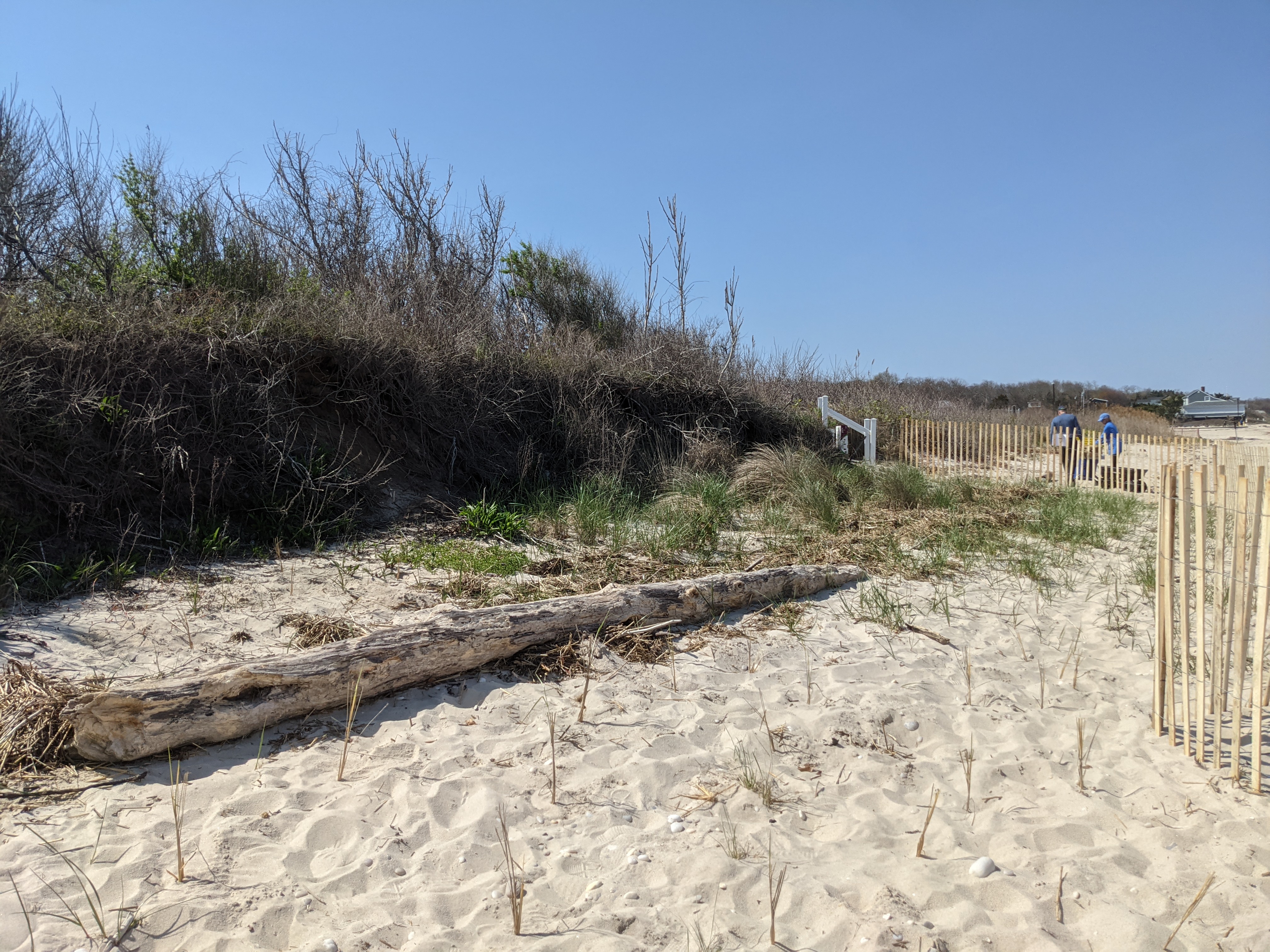
A Guide to Resilience Planning
Use the PERSISTS criteria below to help identify, prioritize, and implement high-impact projects

Use the PERSISTS criteria below to help identify, prioritize, and implement high-impact projects
PERSISTS Framework adopted and adapted from Connecticut Institute for Resilience and Climate Adaptation. (2020). Resilient Connecticut Planning Framework.
These criteria serve as a guide for Long Island Sound (LIS) communities to move projects from idea to implementation – they will help you identify and prioritize sustainable and resilient projects that advance the goals of the LIS Partnership Comprehensive Conservation and Management Plan.
The guiding questions in the sections below are intended to help you think through each of the eight criteria. The questions and criteria are not listed in order of importance or priority. Each guiding question will not be applicable to every project type, so it is recommended that you consider all of the criteria equally and as appropriate for your project.
Have you assessed whether permits are needed for your project?
If one or more permits are needed, have you engaged with the appropriate Federal, state, or local permitting agencies to understand:
Have you assessed whether there are any additional permissions or insurance requirements needed?
Do you have permissions from property owners and neighbors?
Have you considered best practices for making your decision-making and engagement processes transparent and open?
Have you incorporated the viewpoints of various local community organizations, leaders, and members throughout all phases of project development?
Does the project consider and avoid unintended or unanticipated impacts to neighboring communities?
Does the project reduce risk and/or provide benefits to distressed communities?
Is the project appropriate in strategy and scale given the identified problem?
Have you considered the impact of the project in relation to the amount of effort and funding needed to complete the project?
Are there funding sources and/or grants available?
Is there support from political leaders and the community?
Have you considered what impacts the timeline may have on project feasibility?
Does the project reduce risks to people, infrastructure, and/or the environment?
Does the project enhance community resilience to future climate impacts and disturbances?
Is there an opportunity to pilot a new approach or use innovative strategies (e.g., for planning, design, engagement, or financing) that have been successful in other places?
Have you evaluated the use of natural and nature-based solutions and sustainable practices?
Has the best available science, data, technology, and local knowledge for your area been considered (including future conditions)?
Have relevant experts been involved in developing the strategy or project?
Have you engaged with the appropriate entities to understand appropriate data collection protocols (e.g., QAPPs) and design standards?
How could the project approach serve as a model for other communities?
Have you considered what would be needed to scale up or replicate this project in your own community?
Is there an opportunity to educate the public or other communities, including sharing lessons learned?
Do the benefits of implementing the project extend beyond the local community?
How does the project enhance Long Island Sound communities and ecosystems?
Will the project withstand future climate impacts and disturbances?
Have you considered how the project fits into local and/or regional sustainability and resilience plans and goals?
Are there resources and commitments in place to maintain the project, conduct any necessary post-project monitoring, and adapt as needed?
Have you quantified the long-term social, ecological, and economic benefits of the project relative to the cost?
Resources & Tools